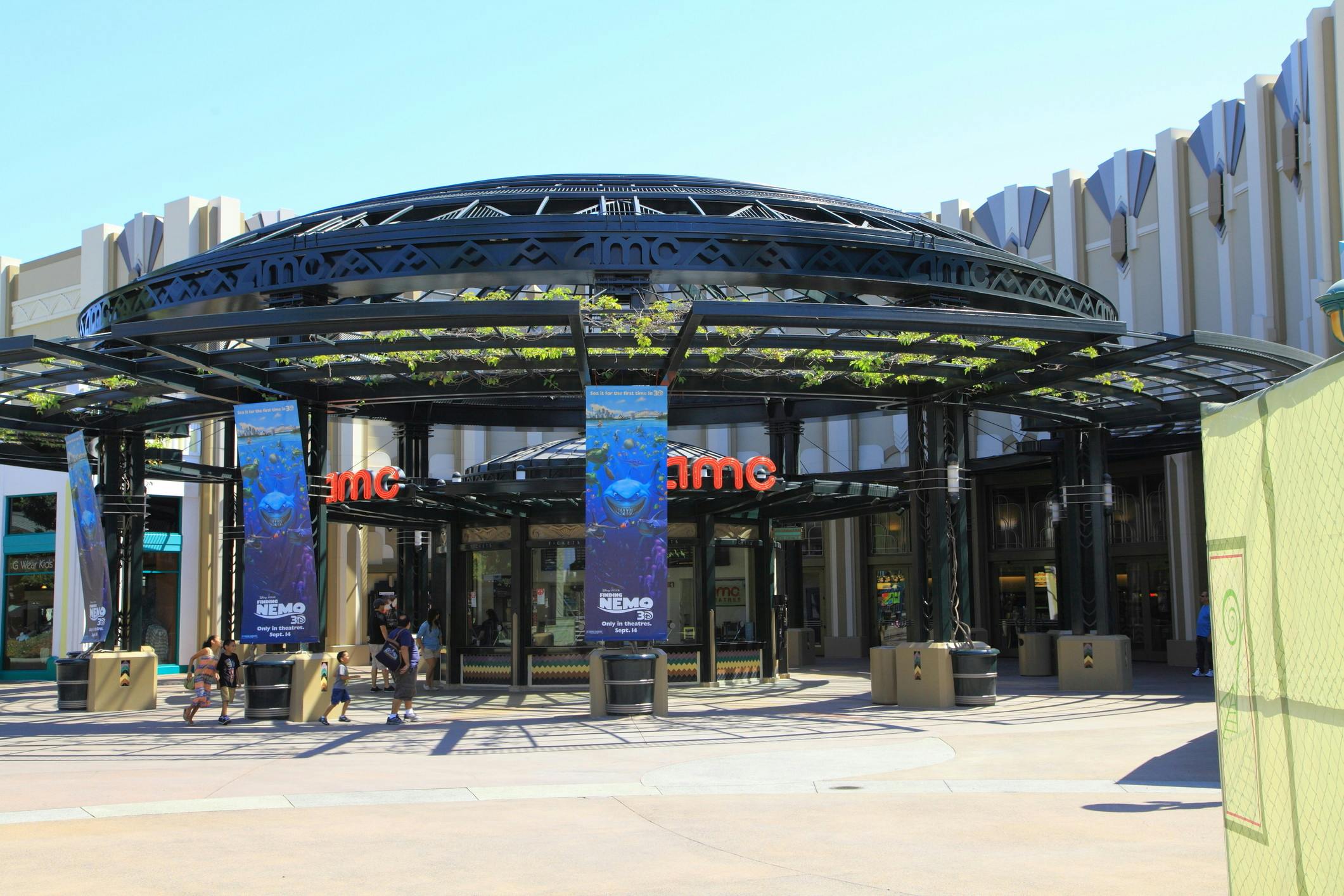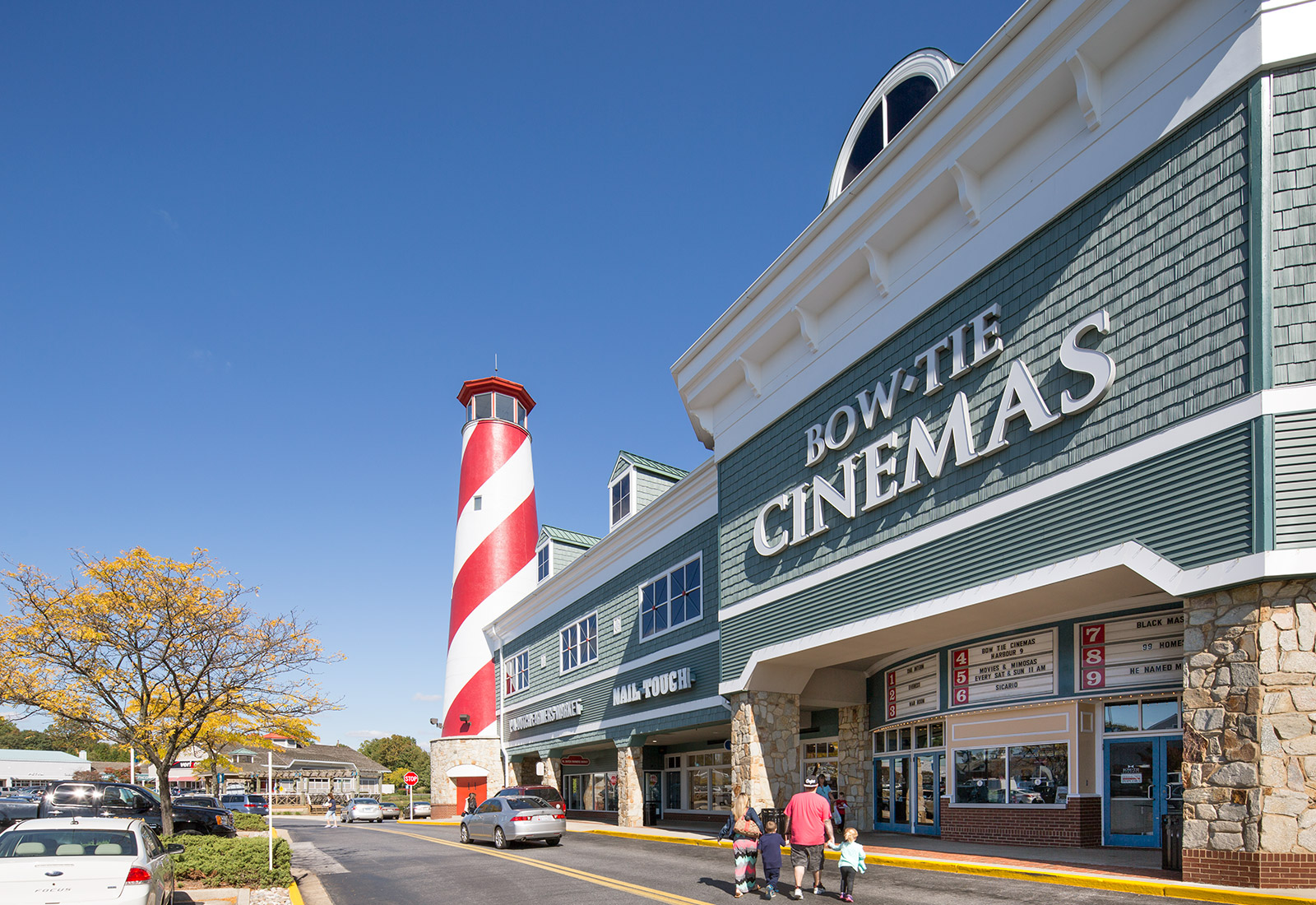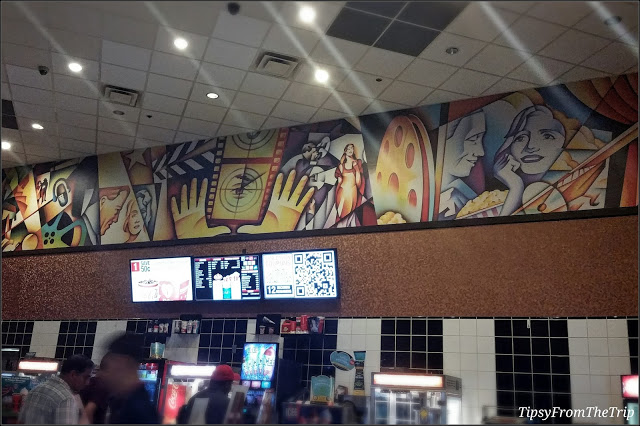Swamikannu Vincent, who had built the first cinema of South India in Coimbatore, introduced the concept of "Tent Cinema" in which a tent was erected on a stretch of open land to screen films. The first of its kind was in Madras, called Edison's Grand Cinemamegaphone. This was due to the fact that electric carbons were used for motion picture projectors.
Bombay Talkies opened in 1934 and Prabhat Studios in Pune began production of Marathi films meant. S. D. Choudhury produced Wrath , which was banned by the British Raj for its depiction of Indian actors as leaders during the Indian independence movement. Sant Tukaram, a 1936 film based on the life of Tukaram (1608–50), a Varkari Sant and spiritual poet became the first Indian film to be screened at an international film festival, at the 1937 edition of the Venice Film Festival.
The film was judged one of the three best films of the year. In 1938, Gudavalli Ramabrahmam, co-produced and directed the social problem film, Raithu Bidda, which was also banned by the British administration, for depicting the peasant uprising among the Zamindars during the British raj. The Assamese language film industry traces its origin to the works of revolutionary visionary Rupkonwar Jyotiprasad Agarwala, who was a distinguished poet, playwright, composer and freedom fighter. He was instrumental in the production of the first Assamese film Joymati in 1935, under the banner of Critrakala Movietone. Due to the lack of trained technicians, Jyotiprasad, while making his maiden film, had to shoulder the added responsibilities as the screenwriter, producer, director, choreographer, editor, set and costume designer, lyricist and music director.
The film, completed with a budget of 60,000 rupees, was released on 10 March 1935. Like many early films, the negatives and prints of Joymati are missing. Some effort has been made privately by Altaf Mazid to restore and subtitle what is left of the prints. Despite the significant financial loss from Joymati, a second picture, Indramalati, was released in 1939. The 21st century has produced Bollywood-style Assamese movies.
In 1916, a studio, the first in south India, was set up in Madras at 10 Millers Road, Kilpauk. Rangavadivelu, an actor from Suguna Vilasa Sabha, a theatre company then, was hired to train the actors. Thirty-five days later, the first feature film made in south India, The Extermination of Keechakan/Keechakavatham, based on an episode from the Mahabharata, was released produced and directed by R. One of the most awaited films of the year, Radhe – Your Most Wanted Bhai, released on Eid 2021, that is, on May 13, 2021. While it got a theatrical release in most of the overseas territories, moviegoers in India couldn't get a chance to watch it on the big screen. This is because of the second wave of the Coronavirus pandemic, which prompted governments of almost all states to shut cinema halls.
Eventually, Radhe – Your Most Wanted Bhai released only in the state of Tripura, in 3 cinemas – 2 in Agartala and 1 in Dharmanagar. From the 5th day, it ran only in the theatre at Dharmanagar as Agartala went into lockdown. The collections were meagre and the film was out of the theatre in a week.
But on the positive side, it was heartening to see that despite being a peak Covid period, a few moviegoers did venture out to see the film on the big screen. In the post - pandemic era, Kannada cinema started making waves across the world in several international film festivals. Which was a part of Indian Panorama, also opened the Busan International Film Festival.
Amruthamathi was screened at 9 international film festivals including Boston Film Festival , Atlanta Film Festival , Austria Film Festival and won multiple awards. Koli Taal and Neeli Hakki were selected for multiple international Film festivals including New York Indian Film Festival. Won multiple awards at Rajasthan Film Festival and other international film festivals like Barcelona, Nawada and Golden Sparrow International Film Festivals. The 1964 movie Naandi set a landmark by being the first ever Kannada film to be screened at an international film festival. This film was screened at IFFI 1992 Kannada cinema Retrospect. Ram Gopal Varma's Siva, which attained cult status in Telugu cinema, is one of the first Telugu films produced after the migration of Telugu film industry from Madras to Hyderabad to feature characters speaking the Telangana dialect.
Singeetam Srinivasa Rao introduced science fiction to the Telugu screen with Aditya 369, the film dealt with exploratory dystopian and apocalyptic themes. The 2010 movie Kanasemba Kudureyaneri won the NETPAC Award at the Asiatica Film Mediale . The 2011 film Koormavatara was screened in 17 film festivals and won acclaims at the film festivals of Bangkok, New York and Vancouver. The 2013 movie Lucia premiered at the London Indian Film Festival on 20 July 2013.
It won the Best Film Audience Choice award at the festival. The 2015 movie Thithi won accolades at multiple international film festivals including the 68th Locarno International Film Festival. The 2016 movie Railway Children won the Ecumenical Jury Award at Zlín Film Festival. Malayalam cinema experienced its own Golden Age in the 1980s and early 1990s. Acclaimed Malayalam filmmakers industry, included Adoor Gopalakrishnan, G. Aravindan, T. V. Chandran and Shaji N. Karun.
Gopalakrishnan, is often considered to be Ray's spiritual heir. He directed some of his most acclaimed films during this period, including Elippathayam which won the Sutherland Trophy at the London Film Festival. Karun's debut film Piravi won the Caméra d'Or at the 1989 Cannes Film Festival, while his second film Swaham was in competition for the Palme d'Or at the 1994 event.
Vanaprastham was screened at the Un Certain Regard section of the Cannes Film Festival. Commercial Malayalam cinema began gaining popularity with the action films of Jayan, a popular stunt actor the first ever action adventure superstar of South Indian Cinema who died while filming a helicopter stunt. On 10 March 1935, another pioneer film maker Jyoti Prasad Agarwala made his first film Joymoti in Assamese. Indramalati is another film he himself produced and directed after Joymoti. The first film studio in South India, Durga Cinetone was built in 1936 by Nidamarthi Surayya in Rajahmundry, Andhra Pradesh. The 1930s saw the rise of music in Indian cinema with musicals such as Indra Sabha and Devi Devyani marking the beginning of song-and-dance in Indian films.
Studios emerged by 1935 in major cities such as Madras, Calcutta and Bombay as filmmaking became an established craft, exemplified by the success of Devdas. In 1937, Kisan Kanhiya directed by Moti B was released, the first colour film made in India. The 1940 film, Vishwa Mohini, is the first Indian film to depict the Indian movie world. With cinema halls finally reopening on October 15 after the MHA's directives, the film industry can finally breathe easy. Even the fans can rejoice as a bunch of films lined up for release will be made available to watch on the big screen.
Chittor V. Nagaiah was the first multilingual Indian film actor, thespian, composer, director, producer, writer and playback singer. Nagaiah made significant contributions to Telugu cinema, and starred in some two hundred productions. Regarded as one of the finest Indian method actors, he was Telugu's first matinee idol. His forte was intense characters, often immersing himself in the character's traits and mannerisms.
He was the first from South India to be honoured with the Padma Shri. S. V. Ranga Rao was one of the first Indian actors to receive the international award at the Indonesian Film Festival, held in Jakarta, for Narthanasala in 1963. T. Rama Rao was an Indian actor, producer, director, editor and politician who earned three National Film Awards. He served as Chief Minister of Andhra Pradesh for seven years over three terms. He was one of the most successful Telugu actors of his time. The first full-length Malayalam feature was Vigathakumaran (1928, J. C. Daniel).
This movie is credited as the first Indian social drama feature film, and is one of the few films to have a Dalit lead actress, P.K. Daniel is considered the father of the Malayalam film industry. The Kannada film industry, also referred to as Sandalwood, is based in Bangalore and caters mostly to Karnataka.
Gubbi Veeranna (1891 – 1972) was an Indian theatre director and artist and an awardee of the Padma Shri award conferred by the President of India. He was one of the pioneers and most prolific contributors to Kannada theatre. Kannada actor Dr Rajkumar began working with Veeranna and later became an important actor. The Hindi language film industry of Bombay—also known as Bollywood—is the largest and most powerful branch.
Hindi cinema explored issues of caste and culture in films such as Achhut Kanya and Sujata . International visibility came to the industry with Raj Kapoor's Awara and later in Shakti Samantha's Aradhana. Hindi cinema grew during the 1990s with the release of as many as 215 films annually.
The Apu Trilogy (1955–1959, Satyajit Ray) won major prizes at all the major international film festivals and firmly established the Parallel Cinema movement. Pather Panchali , the first part of the trilogy, marked Ray's entry in Indian cinema. The trilogy's influence on world cinema can be felt in the "youthful coming-of-age dramas that flooded art houses since the mid-fifties", which "owe a tremendous debt to the Apu trilogy". After Indian independence the film industry was investigated by the S. Patil recommended setting up a Film Finance Corporation under the Ministry of Finance. This advice was adopted in 1960 and FFC provide financial support to filmmakers.
Delhi's cinema theatres are being allowed to open at 50 per cent capacity from Monday, July 26, but don't expect a Hindi film release till August 15. Till the Bollywood films in the cans, including the much-anticipated Ranveer Singh starter 83 see the light of day, cinema-goers will have to be content watching the martial arts fantasy film "Mortal Kombat". Usually, earlier, these films were released in theatres across the Tulu Nadu region. But currently the Tulu film industry has grown to such an extent that films are being released simultaneously in Mangalore, Mumbai, Bangalore and Gulf countries.
Known by the sobriquet Tollywood, India's largest number of theatres are located in Andhra Pradesh and Telangana, places known for producing feature films in Telugu. Ramoji Film City, which holds the Guinness World Record for the world's largest film production facility, is located in Hyderabad. The Prasad IMAX in Hyderabad is the world's largest 3D IMAX screen and is the world's most viewed screen. Raghupathi Venkaiah Naidu is considered the "father of Telugu cinema". The annual Raghupati Venkaiah Award was incorporated into the Nandi Awards to recognise contributions to the industry.
Known by the sobriquet Ollywood, the Odia language film industry operates in Bhubaneswar and Cuttack. The first Odia talkie Sita Bibaha came from Mohan Sunder Deb Goswami. Shreeram Panda, Prashanta Nanda, Uttam Mohanty and Bijay Mohanty started the Oriya film industry by finding an audience and a fresh presentation.
The first colour film, Gapa Hele Be Sata , was made by Nagen Ray and photographed by Pune Film Institute-trained cinematographer Surendra Sahu. The best year for Odia cinema was 1984 when Maya Miriga and Dhare Alua were showcased in Indian Panorama and Maya Miriga was invited to Critics Week at Cannes. The film received the Best Third World Film award at Mannheim Film Festival, Jury Award at Hawaii and was shown at the London Film Festival. Nagpuri films produced in the Nagpuri language in Jharkhand. The first Nagpuri feature film was Sona Kar Nagpur which was produced and directed by Dhananjay Nath Tiwari.
The industry experienced a revival in 2001 with the hit Saiyyan Hamar , which shot Ravi Kissan to superstardom. Although smaller than other Indian film industries, these successes increased Bhojpuri cinema's visibility, leading to an awards show and a trade magazine, Bhojpuri City. It is estimated by the Manorama Yearbook that over 5,000 Tamil films were produced in the 20th century.
Tamil films have also been dubbed into other languages, thus reaching a much wider audience. There has been a growing presence of English in dialogue and songs in Chennai films. It is not uncommon to see movies that feature dialogue studded with English words and phrases, or even whole sentences. Some movies are also simultaneously made in two or three languages . Chennai's film composers have popularised their highly unique, syncretic style of film music across the world. Growth of film studios and film productions facilities in Hyderabad, made it easy to produce films.
The trend of featuring item numbers in the films became too common until 2020s. Devi Sri Prasad is one of those composers, who has influnced the Telugu film music by composing many item numbers. In the years 2005, 2006, 2008, and 2014 the industry has produced the largest number of films in India, exceeding the number of films produced in Bollywood. During the period, remaking of Telugu films into other languages such as Hindi, Bengali, Tamil and Kannada have been outnumbered than ever before. During the period, the term "Tollywood" had gained popularity and is commonly used since then. To find out all Hindi movies that are currently running in theatres near you, the 'Now Playing Hindi Movies'page is the right place.
Our list gives you the details of all the Bollywood movies that released this Friday, previous weeks etc. If you cannot decide on the best movie to watch from the latest Bollywood releases, you can filter the movies by genre and rating. Bhanumathi Ramakrishna was a multilingual Indian film actress, director, music director, singer, producer, author and songwriter. Savitri was the most popular Telugu actress of her era, and is widely known as the first female super star of Telugu cinema, she was also known for her work in Tamil cinema. Ghantasala was an Indian film composer, playback singer known for his works predominantly in South Indian cinema.
P. Balasubrahmanyam holds the Guinness World Record of having sung the most songs for any male playback singer; the majority were in Telugu. K. D. Mehra made the first Punjabi film, Sheela (also known as Pind di Kudi ). Baby Noor Jehan was introduced as an actress and singer in this film. Sheela was made in Calcutta and released in Lahore; it was a hit across the province. As of 2009, Punjabi cinema had produced between 900 and 1,000 movies. The average number of releases per year in the 1970s was nine; in the 1980s, eight; and in the 1990s, six.
In the 2000s Punjabi cinema revived with more releases every year featuring bigger budgets. Malayalam films were mainly produced by Tamil producers until 1947, when the first major film studio, Udaya Studio, opened in Kerala. Neelakkuyil captured national interest by winning the President's silver medal. Scripted by the well-known Malayalam novelist, Uroob (P. Bhaskaran and Ramu Kariat) is often considered the first authentic Malayali film.
Newspaper Boy , made by a group of students, was the first neo-realistic film offering. Chemmeen based on a story by Thakazhi Sivasankara Pillai, became the first South Indian film to win the National Film Award for Best Feature Film. Mammootty holds a record for the number of National Film Awards for Best Actor that he received for Oru Vadakkan Veeragatha and Mathilukal ; Vidheyan and Ponthan Mada ; and Dr. Babasaheb Ambedkar . It is one of India's smallest film regions, producing four films in 2009. Konkani language is spoken mainly in the states of Goa, Maharashtra and Karnataka and to a smaller extent in Kerala. The first full-length Konkani film was Mogacho Anvddo , under the banner of Etica Pictures.




























